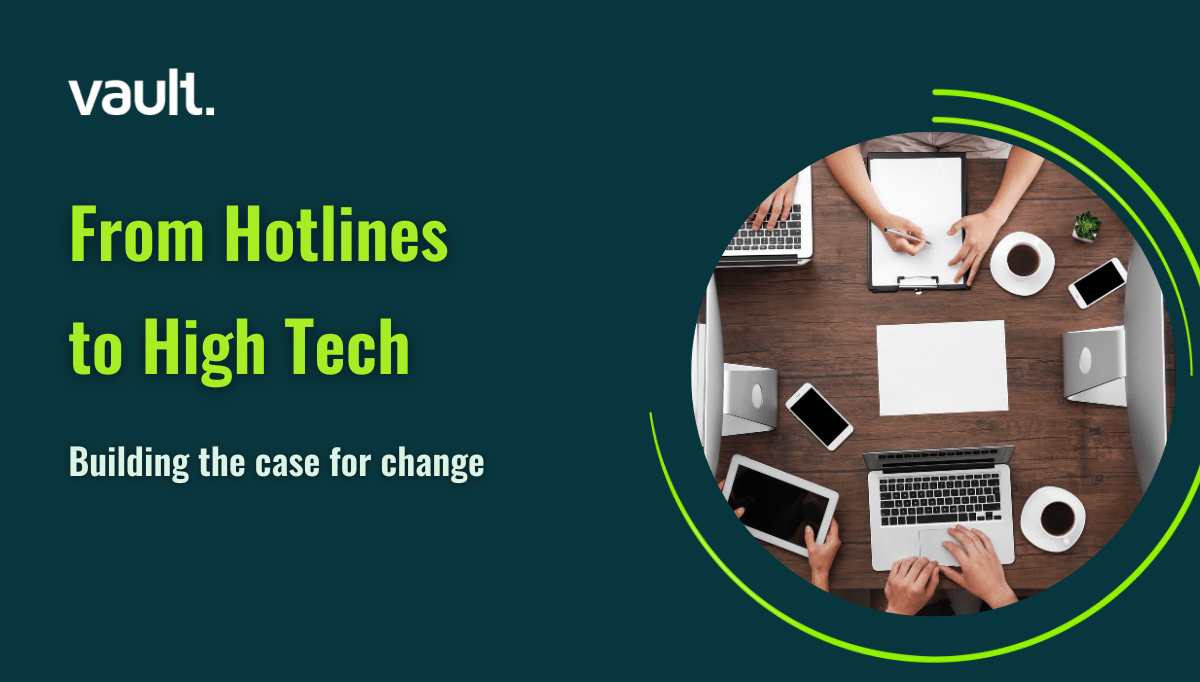
As governments on both sides of the Atlantic begin to lift lockdown restrictions in key retail and hospitality categories, many businesses will be considering their post-pandemic exit strategy.
For businesses that have successfully navigated the COVID-19 crisis so far, people leaders must now address how to take their employees back to work in a changing business landscape. The global crisis has caused lasting damage to both the economy and changed the dynamic of the people who drive it. At a time when trust was already in short supply – Edelman’s 2020 Trust Barometer found that trust in traditional institutions such as government and media was at an all-time low – and likely to sink lower, organizations have a great opportunity to build trust with their people by guiding and supporting them.
With this in mind, we have compiled some key considerations for organizations to include in their post-pandemic workplace plan:
- Workplace trust is key to building healthy culture: organizational trust is a key ingredient in what constitutes healthy workplace culture where innovation thrives. Broken trust has fundamental implications for businesses – both in organizational productivity and employee wellbeing. Organizational trust requires transparency and a consistent two-way dialogue between employer and employee. Implementing appropriate tools such as Vault Platform for surfacing ethical and cultural diversions provides an efficient channel for dialogue in the workplace, giving employees the choice to Speak Up about issues that concern them and escalate those concerns to the most appropriate stakeholder. Such tools provide an important framework where healthy organizational culture can thrive and trust can be built and sustained.
- Managing human resources’ workflows: HR leaders have been on the front line of the COVID-19 crisis. Beyond managing the operational aspects of the pandemic, human resources will play an increasingly important role in managing the “human” aspect of employees returning to work. As such, HR professionals will need an efficient way of managing employee concerns and understanding key patterns within the workplace (such as employees who have had COVID-19 or those who have concerns about personal safety).
- Online/offline cohesion: building healthy workplace culture also means providing a psychologically safe environment whether this is virtually for remote workers or in-person for those on-site. Open door policies have been demonstrated to be too passive, but as communications have shifted online, employers will at least need to provide a “digital open door” post-pandemic.
The pandemic has presented many category-neutral challenges for organizations. But COVID-19 also presents a clear opportunity for organizations to rethink what type of workplace they want to return to. We are already seeing less push-back from C-level executives when it comes to implementing new initiatives so now is the best time for organisations to be looking at what long-lasting changes they want to make.
Workplace culture (that is, the discretionary behavior that takes over where strategy leaves off) is at the top of the agenda for business leaders who are battling with ineffective internal procedures that are unable to cope with a shift to increased remote working, new interpersonal challenges, and elevated stress levels within the workforce.
Read more about finding opportunity in crisis from Prof. Frances Frei.
[simple-author-box]




